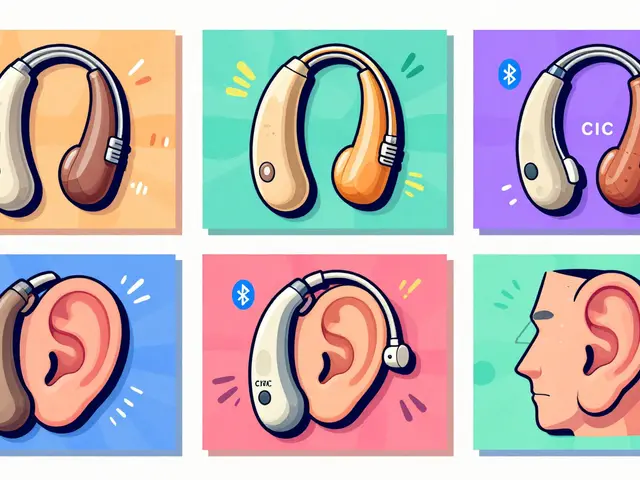Pain Management Tips You Can Use Today
Dealing with pain can feel endless, but you don’t have to navigate it alone. On this page we pull together the most useful facts about prescription drugs, over‑the‑counter options, and simple habits that actually work. Whether your ache is chronic or just a flare‑up, these pointers help you make smart choices without jargon.
What Your Doctor Might Prescribe – and What It Means
Most people start with a prescription because it targets the source of pain fast. Common classes include NSAIDs (like ibuprofen), opioids for short‑term severe pain, and muscle relaxers such as tamsulosin when bladder issues cause discomfort. Each drug has benefits and side effects, so ask your pharmacist how long you should stay on it and what signs mean you need a break.
When an opioid is suggested, look for the lowest effective dose and a clear taper plan. Opioids can lead to dependence if used too long, so many doctors pair them with non‑opioid meds or physical therapy. If NSAIDs upset your stomach, ask about a coated version or a different pain reliever like acetaminophen.
Non‑Drug Ways to Cut Pain Without the Risk
Medication isn’t the only answer. Simple changes in daily routine can lower pain scores by up to 30 % for some people. Try these three habits:
- Heat or cold therapy. A warm pack relaxes stiff muscles, while an ice pack reduces inflammation after a new injury.
- Targeted movement. Gentle stretching, yoga, or short walks keep joints lubricated and prevent the “lock‑up” feeling that makes pain worse.
- Mindful breathing. Deep belly breaths trigger your body’s natural relaxant system, easing tension that amplifies aches.
Supplements can add a boost when chosen wisely. Collagen type II helps joint cartilage stay smooth, and guar gum supports gut health, which indirectly influences inflammation. Before you buy any supplement, check its safety profile in the country you live in – for example, TGA‑approved products in Australia are a good baseline.
Finally, keep a pain diary. Write down what you ate, how much you moved, and any meds taken. Patterns often emerge that point to triggers like certain foods or lack of sleep. Armed with this data, you can talk to your doctor with concrete evidence instead of vague complaints.
Remember, the goal isn’t just to mask pain but to understand it enough to reduce its impact on daily life. Mix and match the tips above, stay in touch with a health professional, and you’ll find a balance that works for you.






